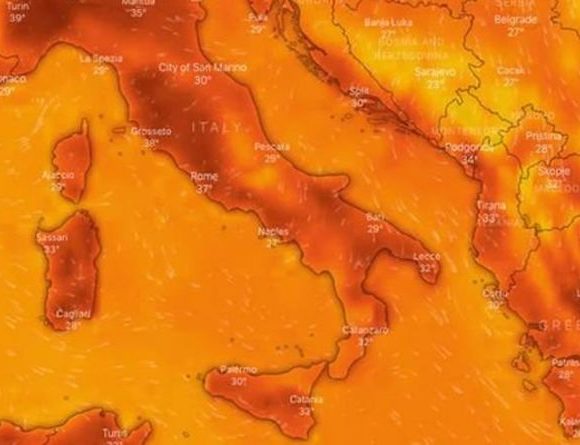
Renowned Italian fashion designer Roberto Cavalli, famous for his vibrant animal prints on leather and textiles, has passed away at the age of 83. The announcement was made by his eponymous fashion house on Instagram, though no further details were provided. According to Italian news agency ANSA, he died at his home in Florence after battling a prolonged illness.
Cavalli, who founded his company in the 1970s, leaves behind a legacy of iconic designs worn by luminaries such as Brigitte Bardot, Sophia Loren, Kim Kardashian, and Jennifer Lopez. Fausto Puglisi, the creative director of Roberto Cavalli, expressed his reverence for the late designer, calling him “a beacon of inspiration for others” and describing working with him as the pinnacle of his career.
Born in Florence on November 15, 1940, Cavalli was renowned for his maximalist approach to fashion, incorporating not only animal prints but also hippie dresses, sand-blasted jeans, and denim patchwork into his collections. He even ventured into designing the Playboy Bunnies’ uniforms, infusing them with his signature leopard print.
When asked about his affinity for animal prints, Cavalli credited nature as his inspiration, marveling at the intricate patterns found in creatures like fish, snakes, and tigers. He regarded God as the ultimate designer and sought to emulate nature’s beauty in his creations.
Giorgio Armani, the founder of Armani, paid tribute to Cavalli’s distinctive style, describing him as a “true artist” whose “Tuscan verve” would be sorely missed. Armani praised Cavalli’s ability to translate fantasy into alluring garments, highlighting his mastery of prints and his boundless creativity.
Picture Courtesy: Google/images are subject to copyright


